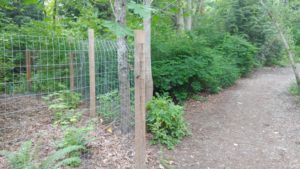Park Profile: Thistle Street Greenspace
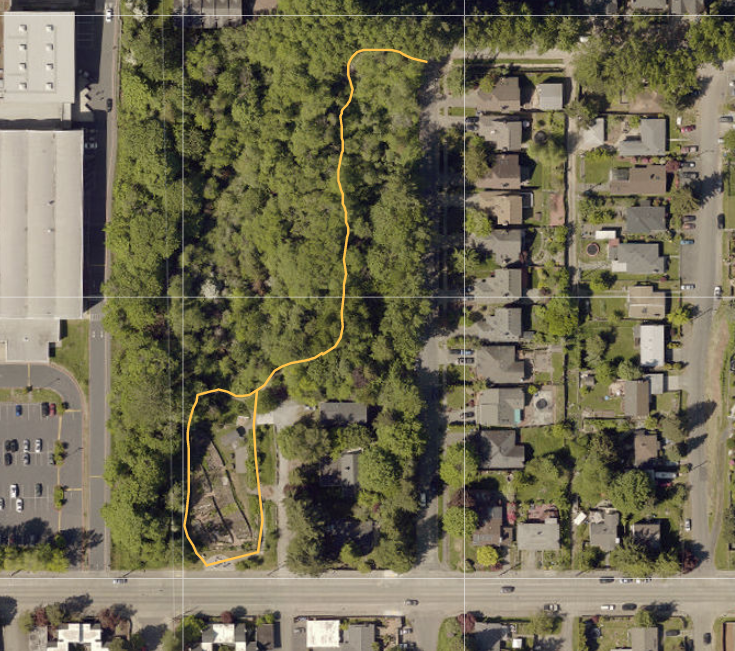
Life is a lot quieter this summer as Seattle works and shelters at home. One notable exception is public parks and other outdoor spaces, which have for many become a valuable escape from the indoors. This has led public health officials to warn about large parks becoming overcrowded, and in some cases being closed during high-traffic times. With all that in mind, we’re putting together a series of posts on small neighborhood parks that make for scenic getaways and enable you to keep moving!
Of the eight sites we work throughout Delridge and West Seattle, our southernmost is Thistle Street Greenspace, located directly next to Chief Sealth High School. At about 4.5 acres in size, this park packs a remarkable variety of habitats, and offers a short-but-scenic walking trail that meanders alongside Longfellow Creek.
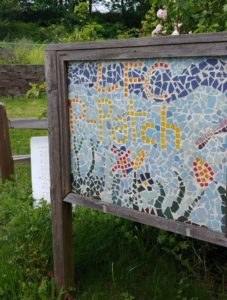
At about 4.5 acres, Thistle is a relatively small neighborhood greenspace and does not have public parking (except for one spot restricted to parking for disabled visitors). However, parking is typically plentiful along SW Thistle Street itself or one of the nearby side streets. Enter the park west of the driveway and marvel at the Longfellow Creek P-Patch, one of nearly 100 community gardens throughout the city.
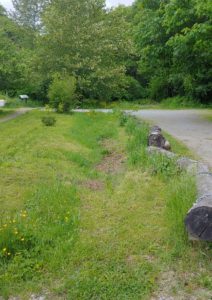
As the trail moves into the forest, it also moves into our restoration areas. With the help of community volunteers, DNDA is currently restoring the areas known as the Southeast Transition Zone and the Northeast Forested Wetland (though you won’t see these names anywhere at the park). Starting from the bioswale and continuing for about 150 feet along the trail, the Southeast Transition Zone is noticeable for a pretty open understory and a largely intact canopy. At present, thankfully, the zone has relatively few invasive plants to worry about, though we continue to try to establish conifers such as grand fir and western red cedar to eventually replace the short-lived deciduous trees that currently make up the forest.
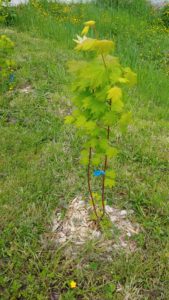
At the north end of the greenspace, the walking trail opens onto the intersection of SW Elmgrove Street and 24th Ave SW. You can continue through the Westwood/South Delridge neighborhood here, or loop back through the park.
An optional stop if you’re returning through the park: DNDA began working in the area northwest of the P-Patch (known as the Southwest Upland) in 2018 and continues to do so today. DNDA and our community volunteers have cleared several large stands of blackberry and removed mountains of invasive bindweed each summer. You may also notice many discolored, unhealthy-looking trees in this area. These are unhealthy by design! They are invasive cherry laurel and English holly trees that have been treated by stem injection with herbicide. As they die back, we will plant underneath them with the beginnings of a new, healthier forest.
We hope you found this little walkthrough informative and perhaps an enticement to get out of the house. We’re planning to do other ones for some of our less-trafficked parks – let us know if there’s anything else you would like to learn!

